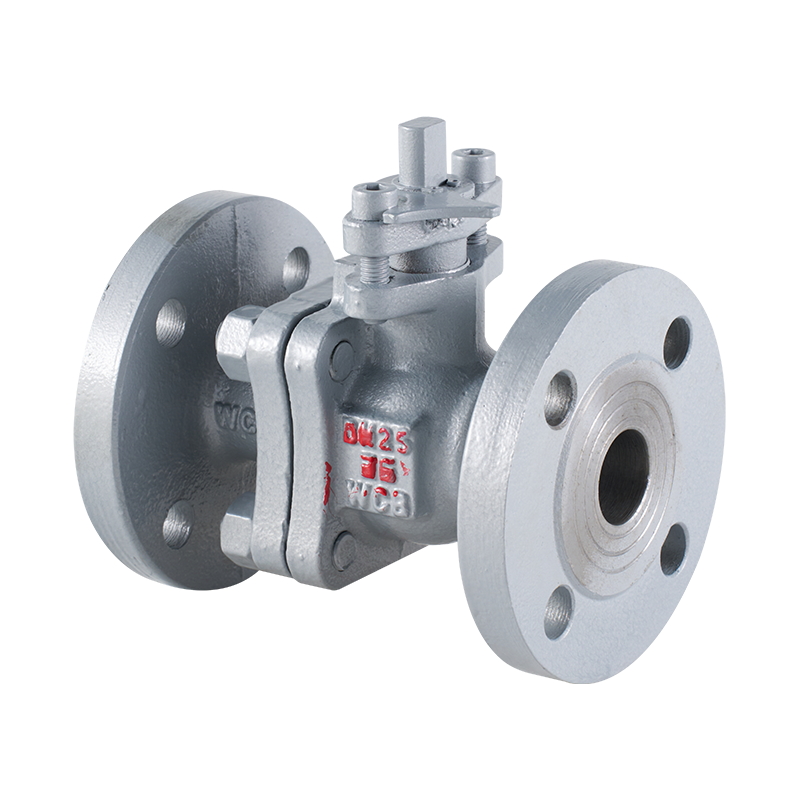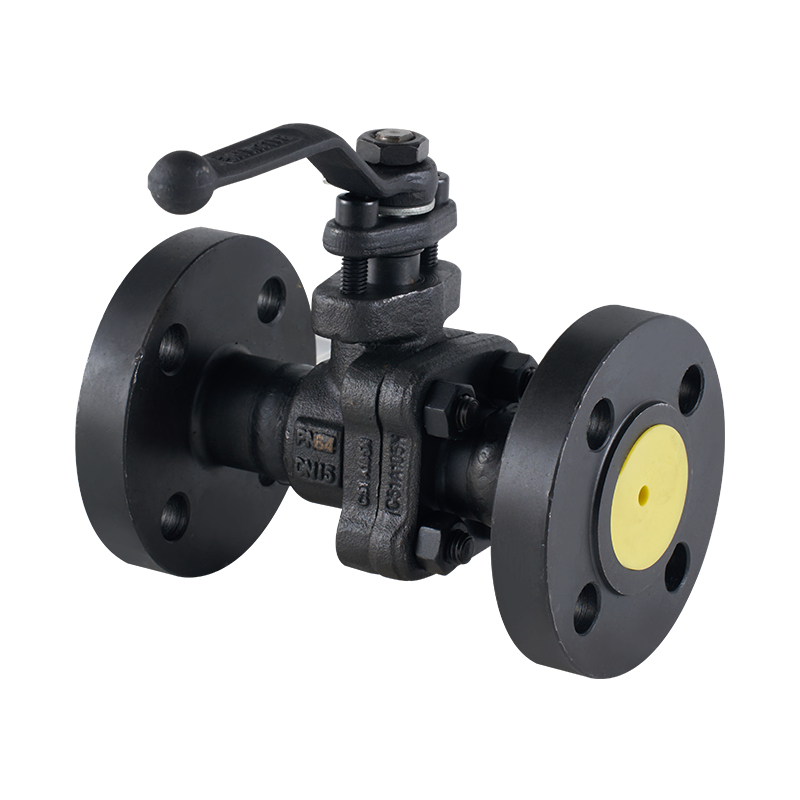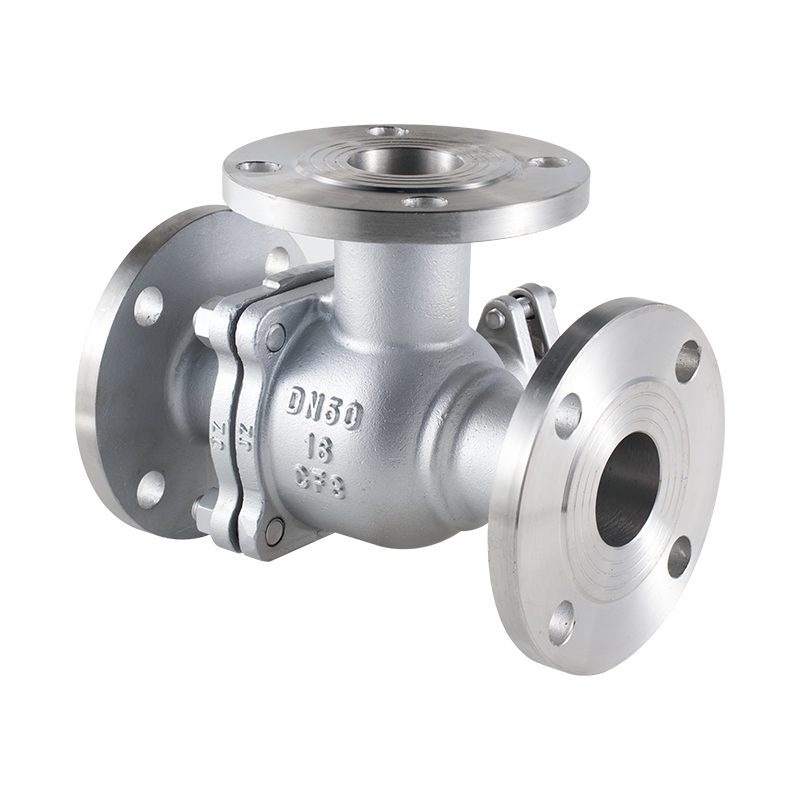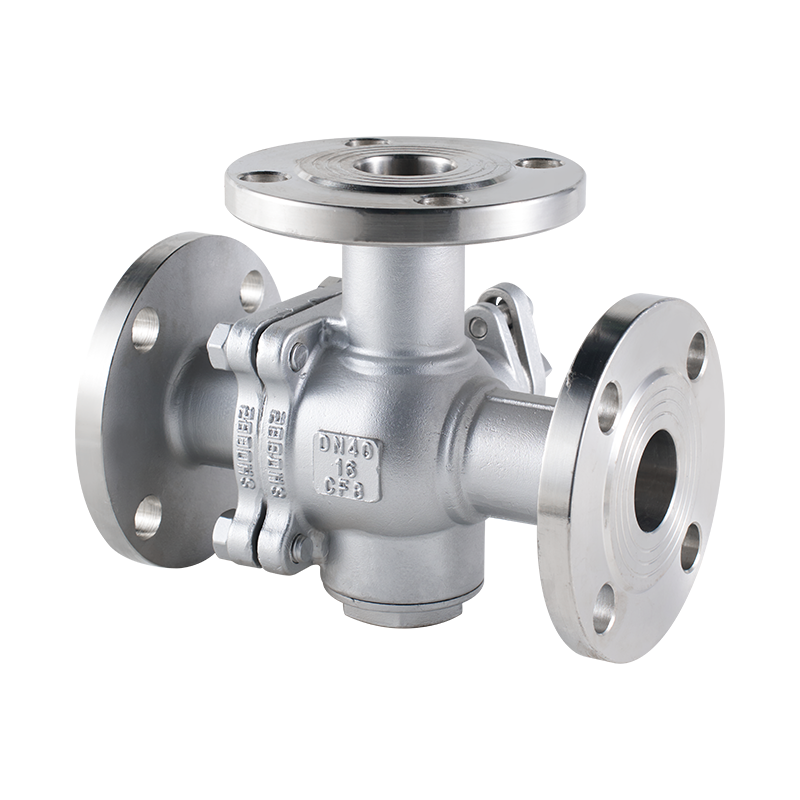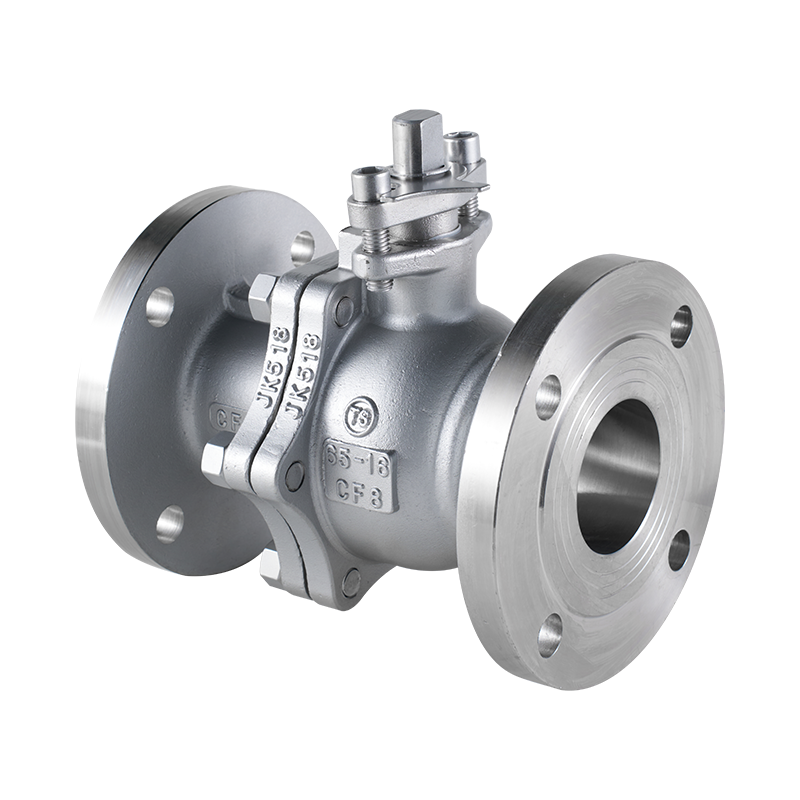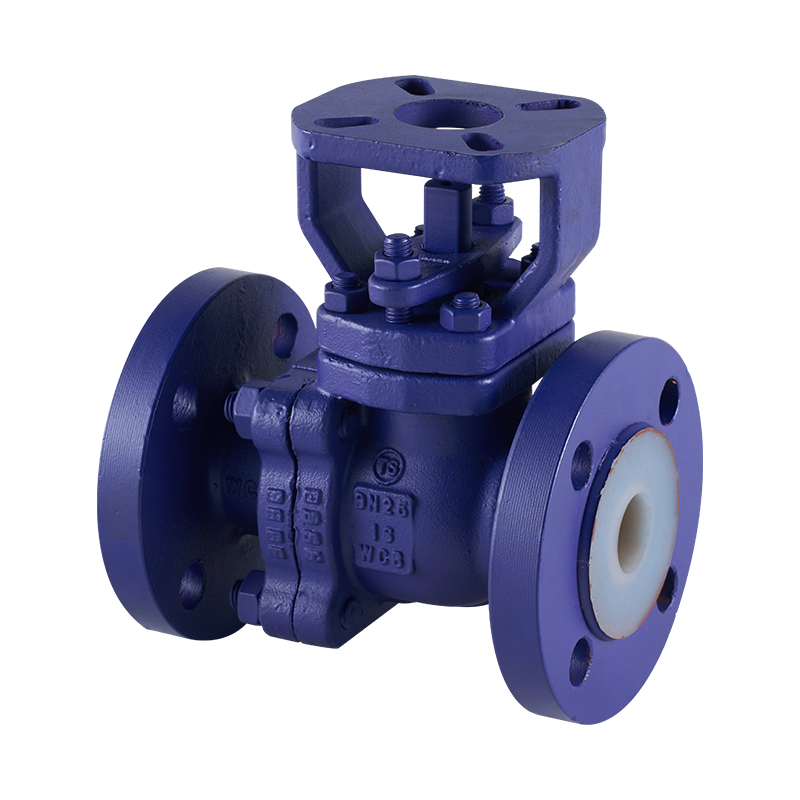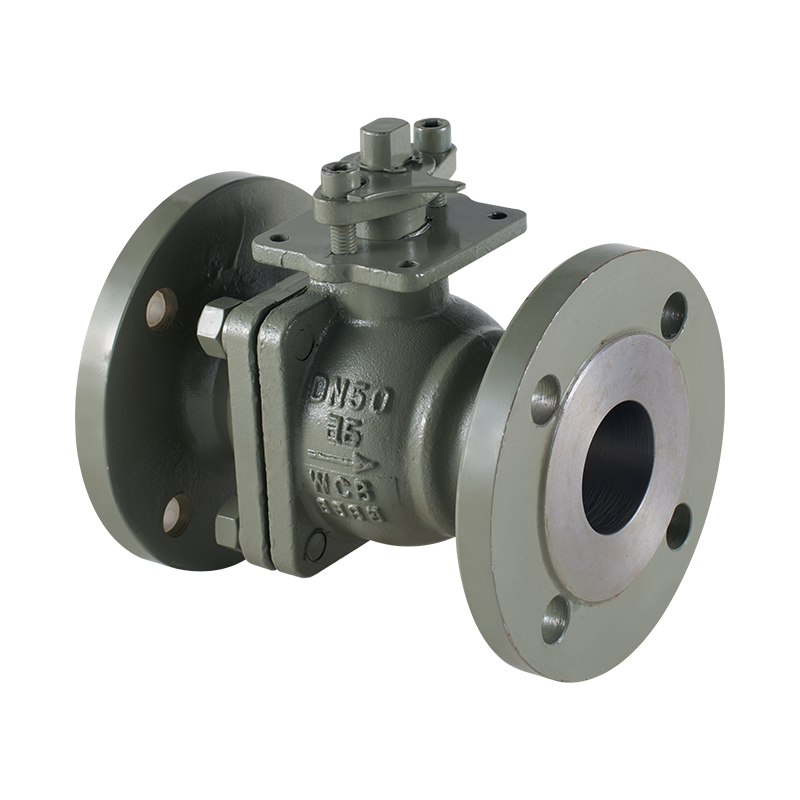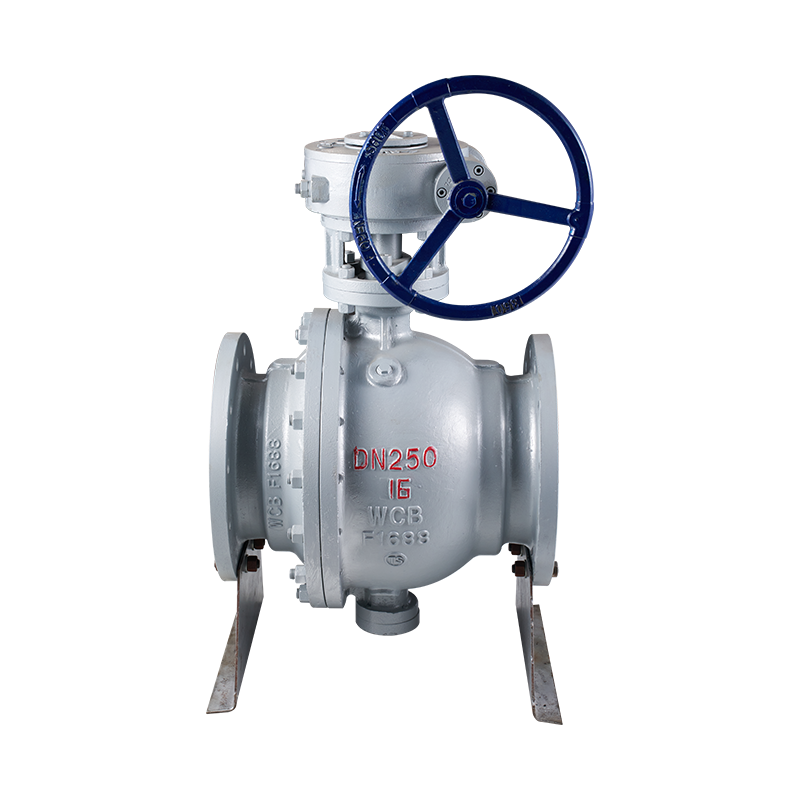The Butterfly Triple Offset Ball Valve is an advanced valve design commonly used in applications that require tight shutoff and precise control of fluid flow. Unlike traditional butterfly valves, the Triple Offset Butterfly Valve integrates three key design elements that improve performance and durability. These offsets are crucial in ensuring that the valve seals tightly and operates smoothly even under high pressures and temperatures.
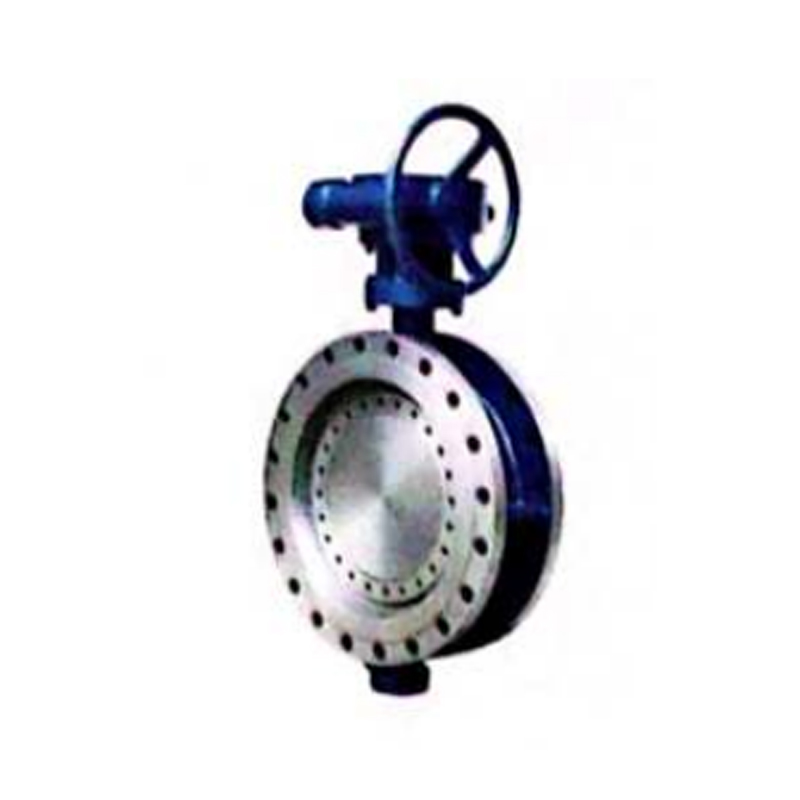
Working Mechanism:
The Butterfly Triple Offset Ball Valve gets its name from the three key offsets in its design:
Offset: The offset refers to the angular displacement between the seat and the axis of the valve. This offset ensures that the disc does not touch the seat directly during rotation, reducing friction and wear over time.
Second Offset: The second offset involves the geometry of the valve's disc, which is rotated off-center to further reduce seat contact. This offset helps achieve a more reliable and consistent seal, especially when the valve is fully closed.
Third Offset: The third offset involves the alignment of the shaft, which ensures that the sealing surfaces of the valve don't engage in the typical rubbing action seen in traditional butterfly valves. This results in a tight, bubble-tight seal with minimal wear, even when the valve is opened and closed frequently.
The Fuel Line One Way Valve, often referred to as a fuel check valve or fuel non-return valve, is a specialized valve used in fuel systems to prevent backflow. These valves are integral in automotive, aviation, and industrial fuel delivery systems, ensuring that fuel only flows in the intended direction, thus preventing contamination and damage to equipment.
Working Mechanism:
The Fuel Line One Way Valve works on a simple but highly effective principle: it allows fuel to flow in only one direction and automatically closes to prevent reverse flow. This one-way action is typically achieved through the use of a spring-loaded mechanism or a simple flap that responds to the pressure exerted by the flowing fuel.
When fuel is pumped through the line, the pressure opens the valve, allowing fuel to flow freely toward the engine or system. Once the fuel supply is turned off or if the fuel begins to flow backward (for example, due to changes in pressure or gravitational forces), the valve closes automatically, preventing any reverse flow. This ensures that fuel does not return into the fuel tank or reservoir, which could cause contamination, airlocks, or other operational issues.
The design of the Fuel Line One Way Valve typically includes a compact, reliable mechanism that is resistant to the harsh conditions commonly found in fuel systems, such as high temperatures and chemical exposure. The materials used in these valves, including brass, stainless steel, and plastic composites, ensure that the valve performs reliably for long periods.
Applications:
In automotive engines, Fuel Line One Way Valves are used to maintain a constant fuel flow and prevent fuel from draining back into the tank when the engine is turned off. In aviation, these valves are critical for maintaining consistent fuel delivery in high-pressure systems. They are also used in industrial machinery and small engines, where they help optimize fuel efficiency and prevent unwanted fuel loss.

 English
English 中文简体
中文简体


